A walk down a meticulously clean and evenly graveled roadway, along an enclosed earthen wall, known as Tsuiji, led us to the Seishomon Gate, entrance into the grounds of the Imperial Palace. The enclosed earthen wall stretches some 450m north to south and 250m east to west around the palace. The total area of the grounds of the Imperial Palace about twenty-seven acres.
Arriving through Seishomon Gate we then passed through Gishomon Gate to view the structures within the Imperial Palace precinct. Okurumayose with its attractive gilding is the official entrance used by courtiers granted permission to enter the Palace precincts. Adjacent is a small building called Shodaibunoma used as a waiting area, with three different rooms for courtiers on official visits to the palace. The three different rooms designated to courtiers according to their rank. The rooms named after the objects painted on the sliding doors (fasuma). Beautiful paintings in traditional Japanese style, the Tiger room, Crane room and Cherry Room.
Shunkoden – Sacred Mirror
The Shunkoden (below) from its appearance would seem to be older than any other structure in the grounds of the Imperial Palace, however it is not so. Shunkoden built to place the sacred mirror of the enthronement ceremony of Emperor Taisho in 1915. A coat of paint would do wonders for this quaint little building.
Shishinden – Enthronement Ceremonies
One of the most elegant buildings in the Palace precinct, and one of great importance is Shishinden. It is an imposing structure that towers above the other buildings in the precinct. Set in a courtyard laid with white sand, Shishinden stands as the symbol of Kyoto Imperial Palace. In the past important ceremonies of state were held here. The enthronement ceremonies of Emperors Taisho and Showa were held in Shishinden. The present Emperor’s enthronement ceremony took place at the Tokyo Imperial Palace.
The Chrysanthemum throne or royal throne is also kept here. There are actually two thrones one for the Emperor and one for the Empress. Growing at either end of the building are two trees considered sacred, a cherry tree to the east of the entrance steps, and a tichibana orange tree to the west of the steps.
This variety of orange tree is a mandarin orange, inedible and very,very sour. The fruit and flowers of this particular tree are popular with the Japanese as floral motifs and adopted as family crests.
Ogakumonjo – Politics and Poetry
The next building we passed, Ogakumonjo, used by the Emperor for study of politics and the like; also poetry readings known as waka, when a 31-syllable poem would be read. Somewhere at this point I took a photo of a corner joist on one of the buildings. The size of the joists are quite massive, and the bronze casings beautifully designed and embossed with imperial symbols.
The Imperial Palace – Emperor’s Residence
The largest structure in the Palace grounds, Otsunegoten ,an elegant structure, has some fifteen rooms, built in the shoin style (this appears to be the same style as Ninomaru Palace we saw earlier). There is a special room in the palace called Kenji-noma where the sword and seal, the symbols of the Imperial Throne are secured. Otsunegoten became the residence of the Emperors from 16th century until the capital transferred to Tokyo in 1869.
Oikeniwa Garden – a stroll garden Kyoto Imperial Palace
Another beautiful stroll garden, the difference here, an artificial shoreline made with large smooth grey stones, and large stepping-stones to a small boat mooring. Also a nice feature an arc-shaped bridge across the pond; delightful scenery along the shoreline from all angles. The weeping cherries are now in bloom and we see some beautiful specimens before the day is over. The weeping cherry tree below was exquisitely beautiful, like a cascading waterfall.
Guided tours only – Kyoto Imperial Palace
The palace grounds can be entered only on guided tours (in English or Japanese) held by the Imperial Household Agency. Tours take about one hour and lead past the buildings and gardens, but none of the buildings can be entered. Advance reservations are mandatory and can be made online or at the Imperial Agency Office, which is also located within the Kyoto Imperial Park.
On a small group tour this is all taken care of for you, just stroll through the grounds and enjoy.
Next Heian Jingu Shrine…..
Related Posts:
- sensoji-Asakusa Kannon Temple
- The Kabuki Theatre
- Half Day Tokyo Tour
- Tokyo Japan travel to Nikko
- Toshogu Shrine Japan
- Nikko-Lake chuzenji & Kegon Waterfall|Tokyo-Japan-travel
- Mt-fuji-lake-ashi-komagatake-ropeway-japan
- What is an Irori,what is a jizai kagi Takayama gifu province Japan
- Takayama festival floats-matsuri festivals-gifu province japan
- Two headed monster-Sakurayama Hachimangu Shrine-Takayama-Gifu Province
- Hida hotel-Plaza | Farmers Market Takayama Japan
- Sugidama Sake breweries – traditional shops Takayama Japan
- 450 year old cherry blossom trees scenic Miboro dam Takayama
- The old Toyama family farmhouse Shirakawa-go
- Ancient a-frame Gassho-zukuri homes – villages of Shirakawa-go
- Doburoku matsuri festival Gokayama-washi Shirakawago villages
- Kanazawa railway station east plaza city center
- Kanazawa shrine Kanazawa – marsh of gold
- Perfect landscaping Kenrokuen GardenPark Kanazawa
- Spectacular cherry blossom trees Kanazawa castle park Japan
- Samurai-Nagamach Samurai District-Kanazawa a green city
- Beautiful geisha tea house of the geisha ochaya shima
- Paradise of gold for an artisan Kanazawa
- Nijo Castle Ninomaru Palace and gardens
- Golden Pavilion Kinkaku Ju Kyoto
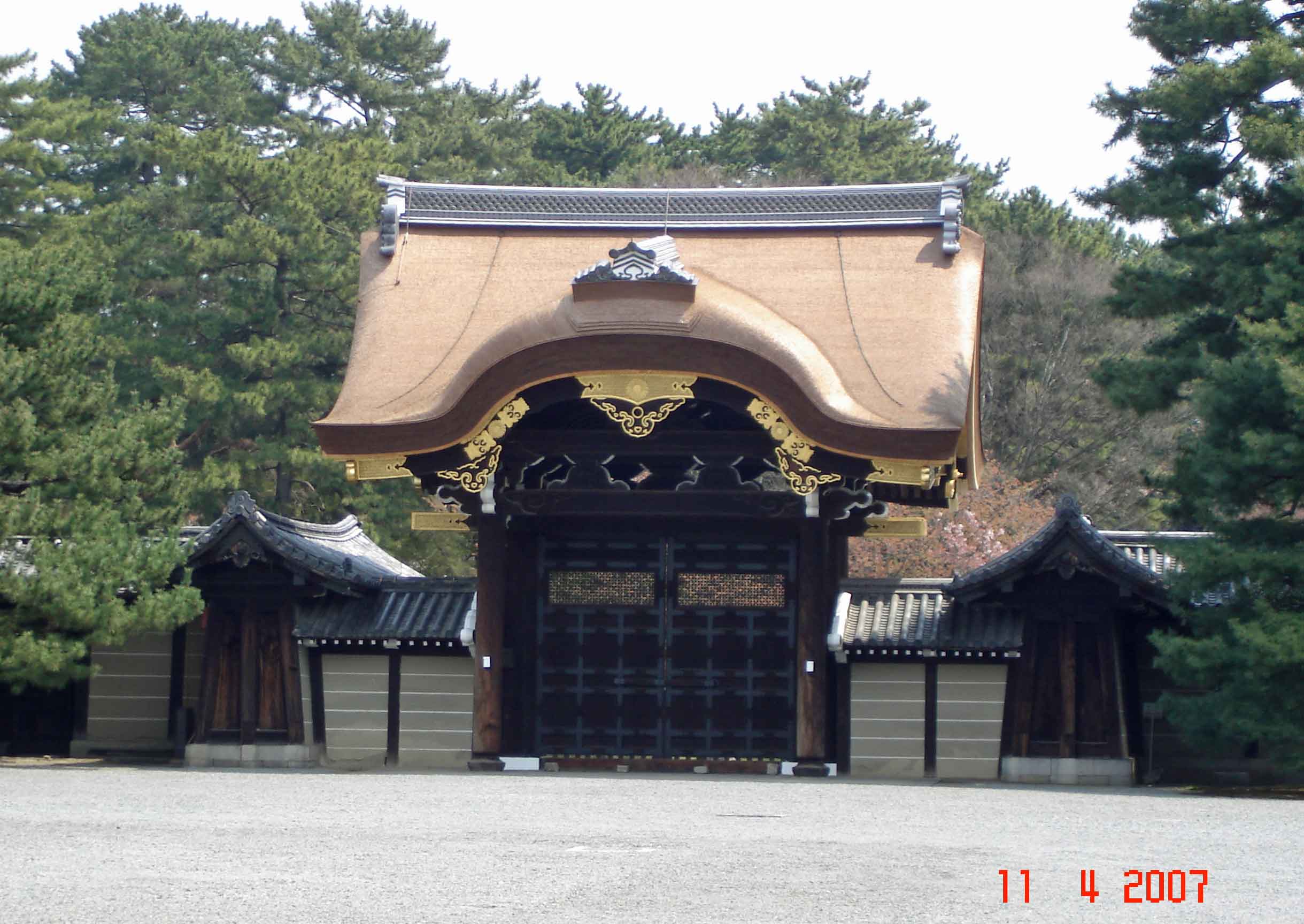
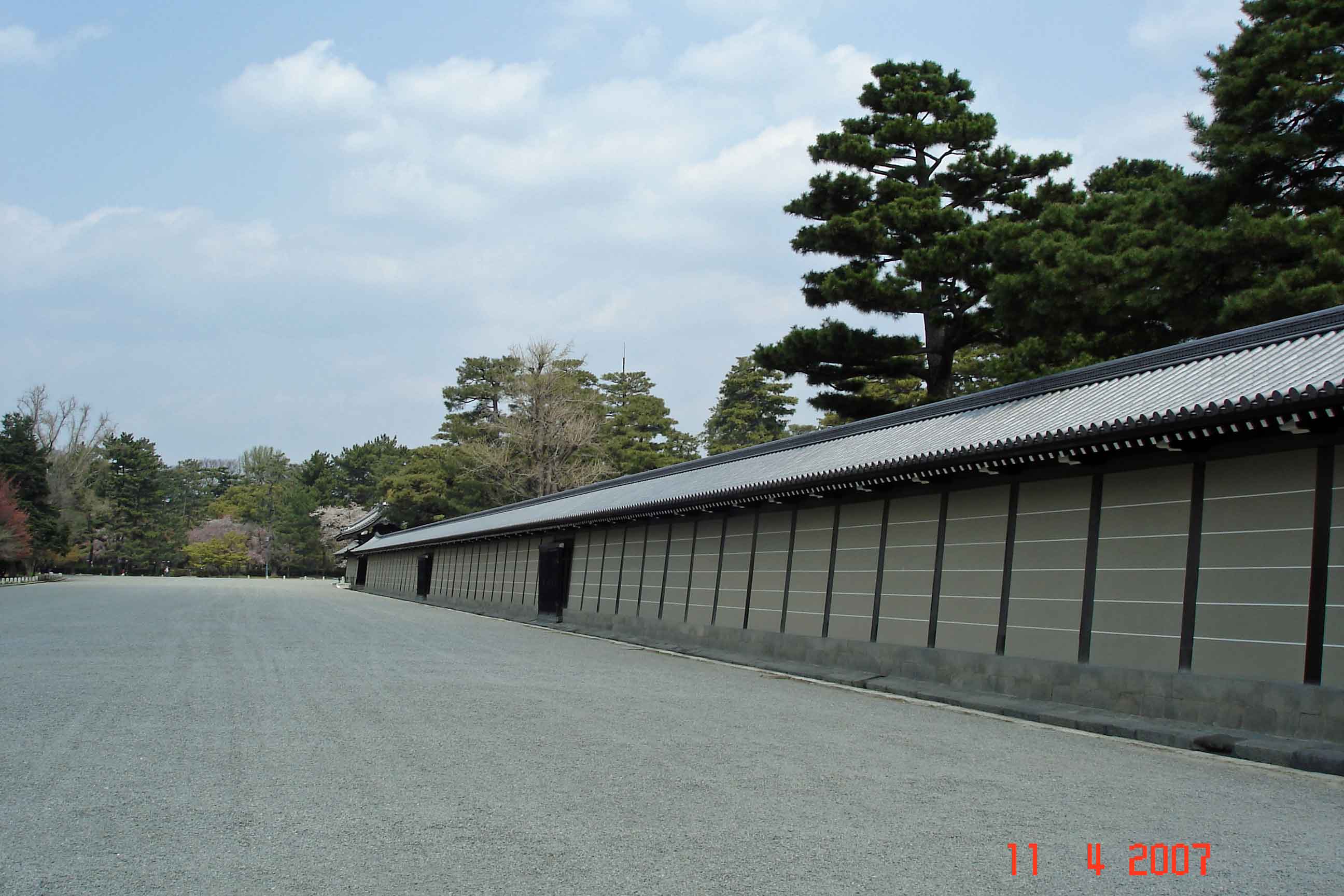
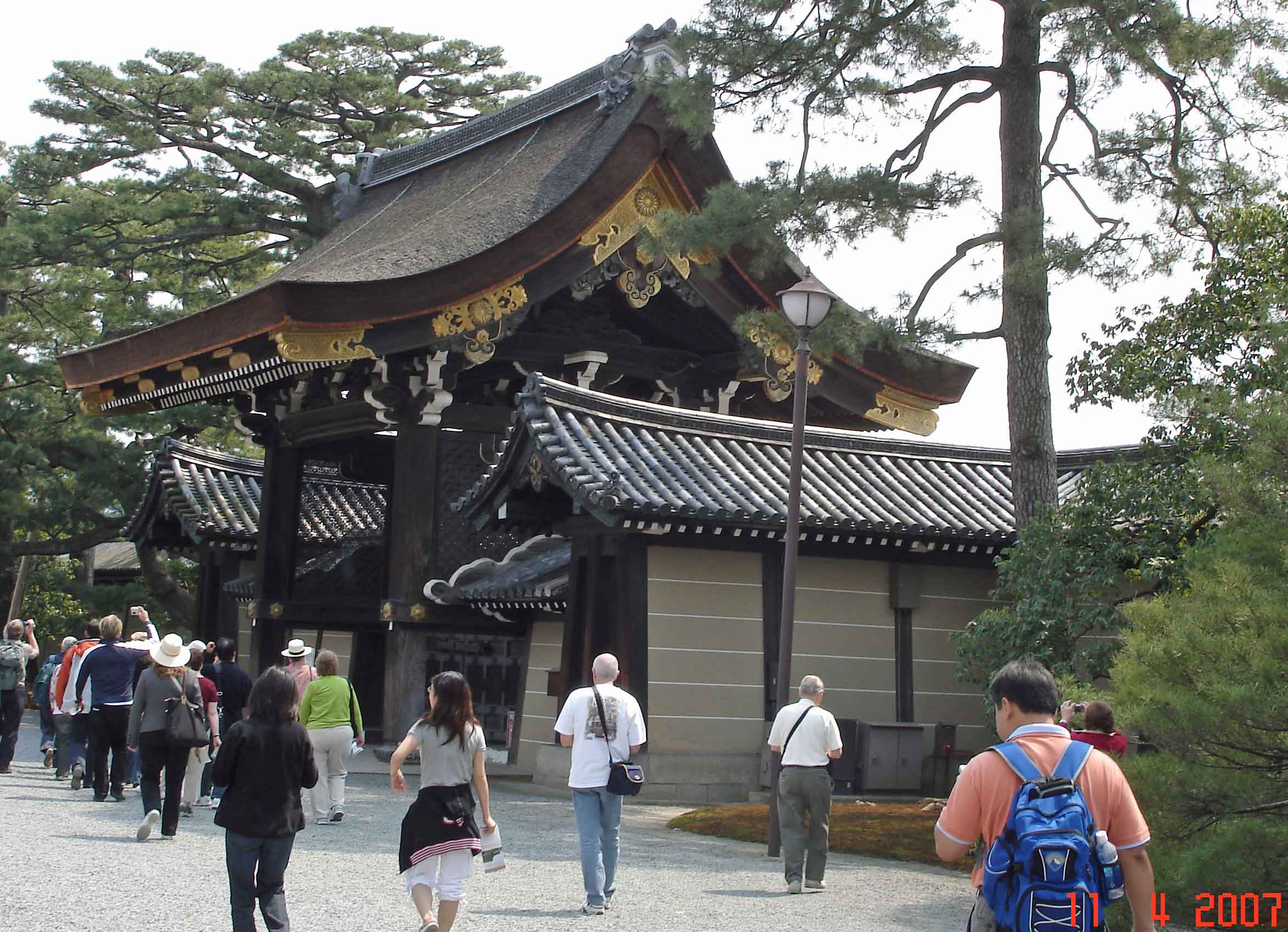
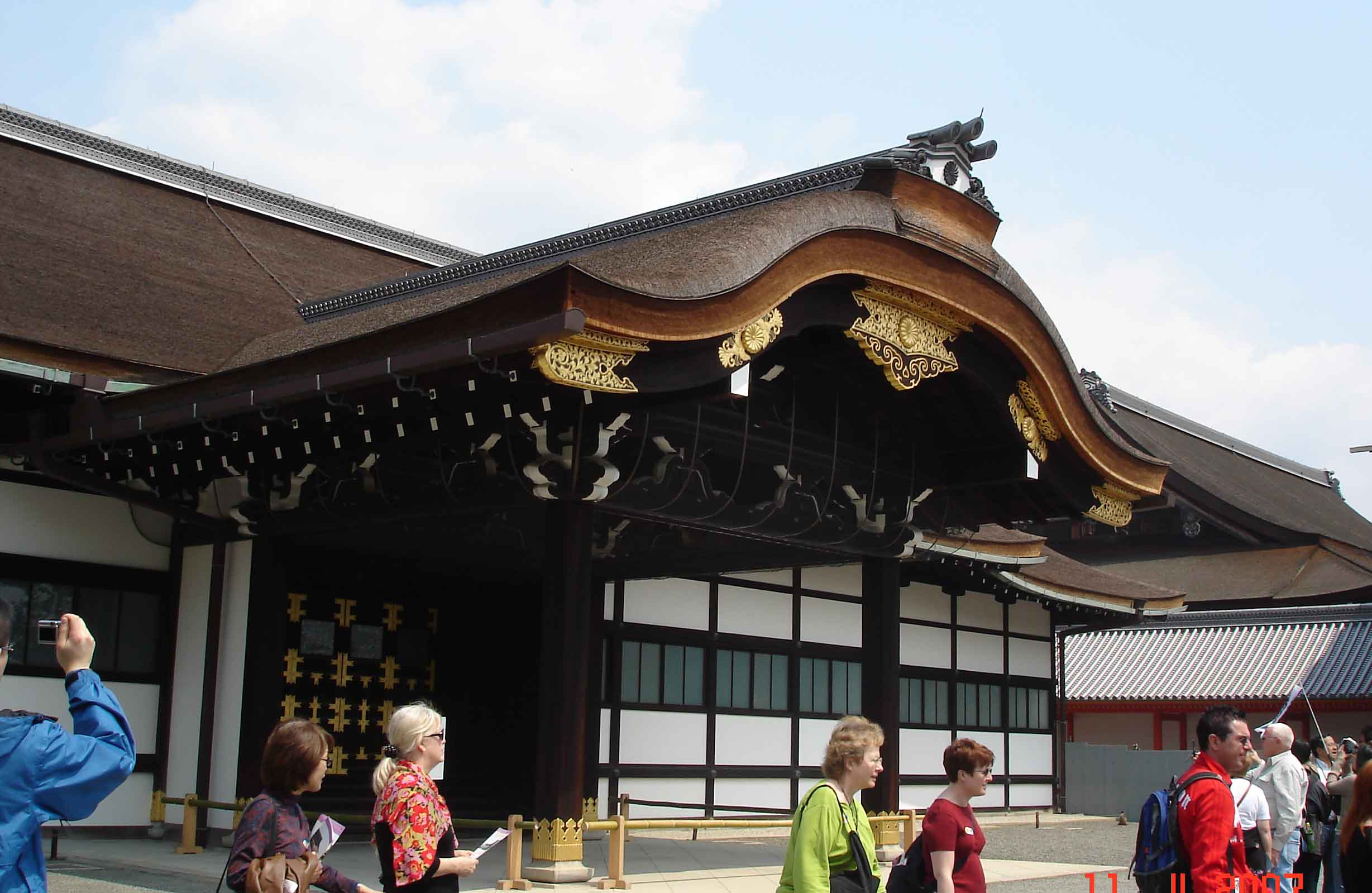
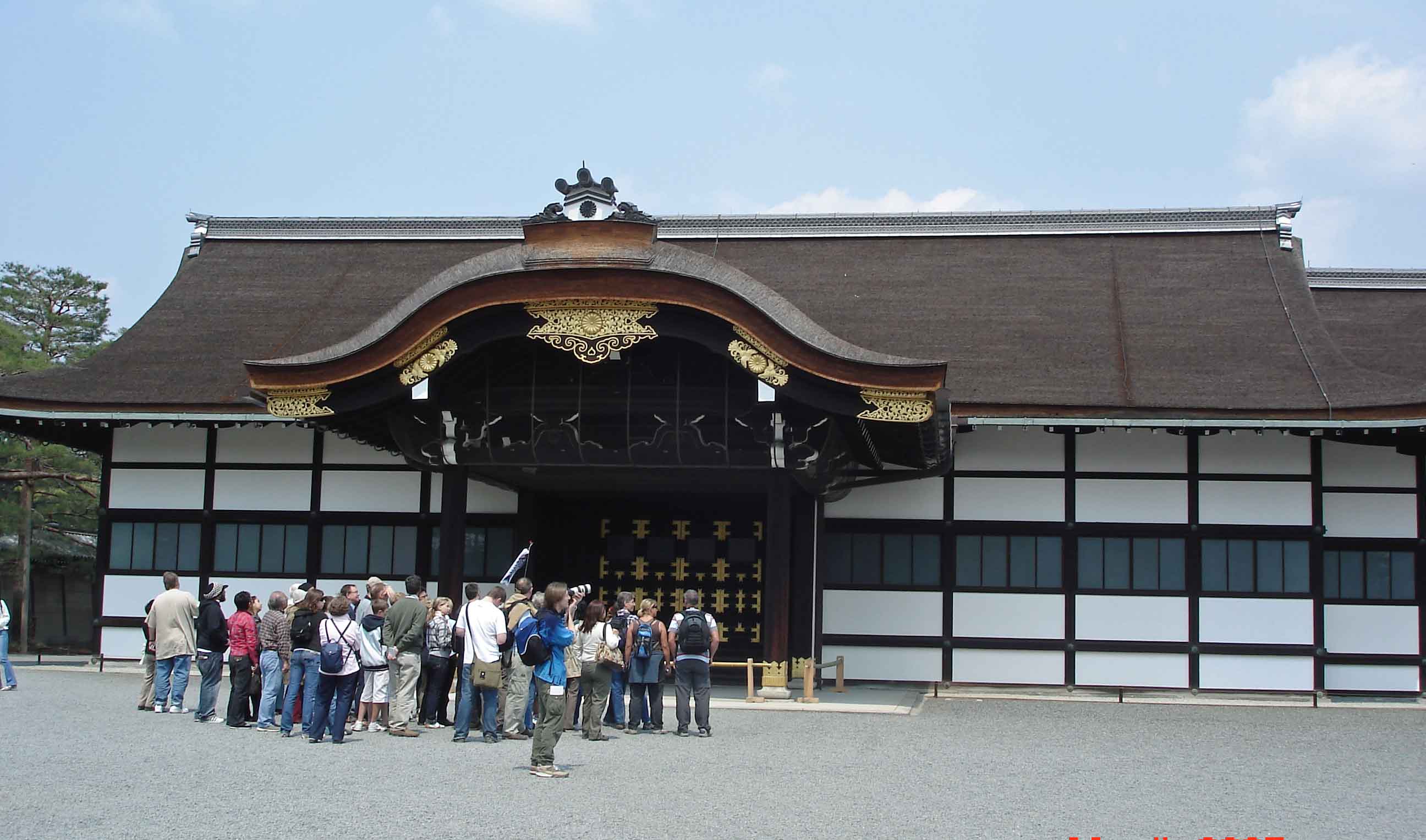
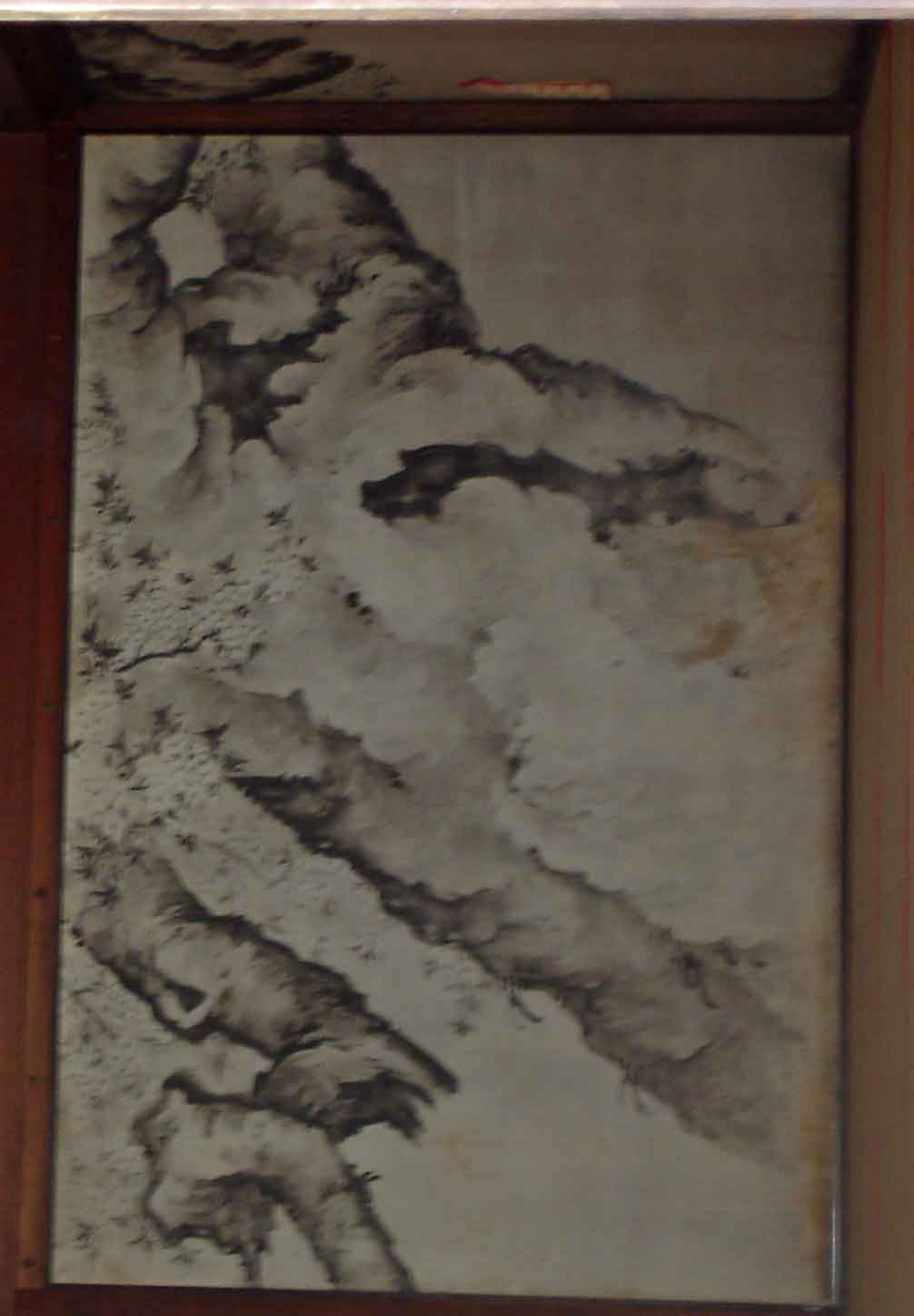
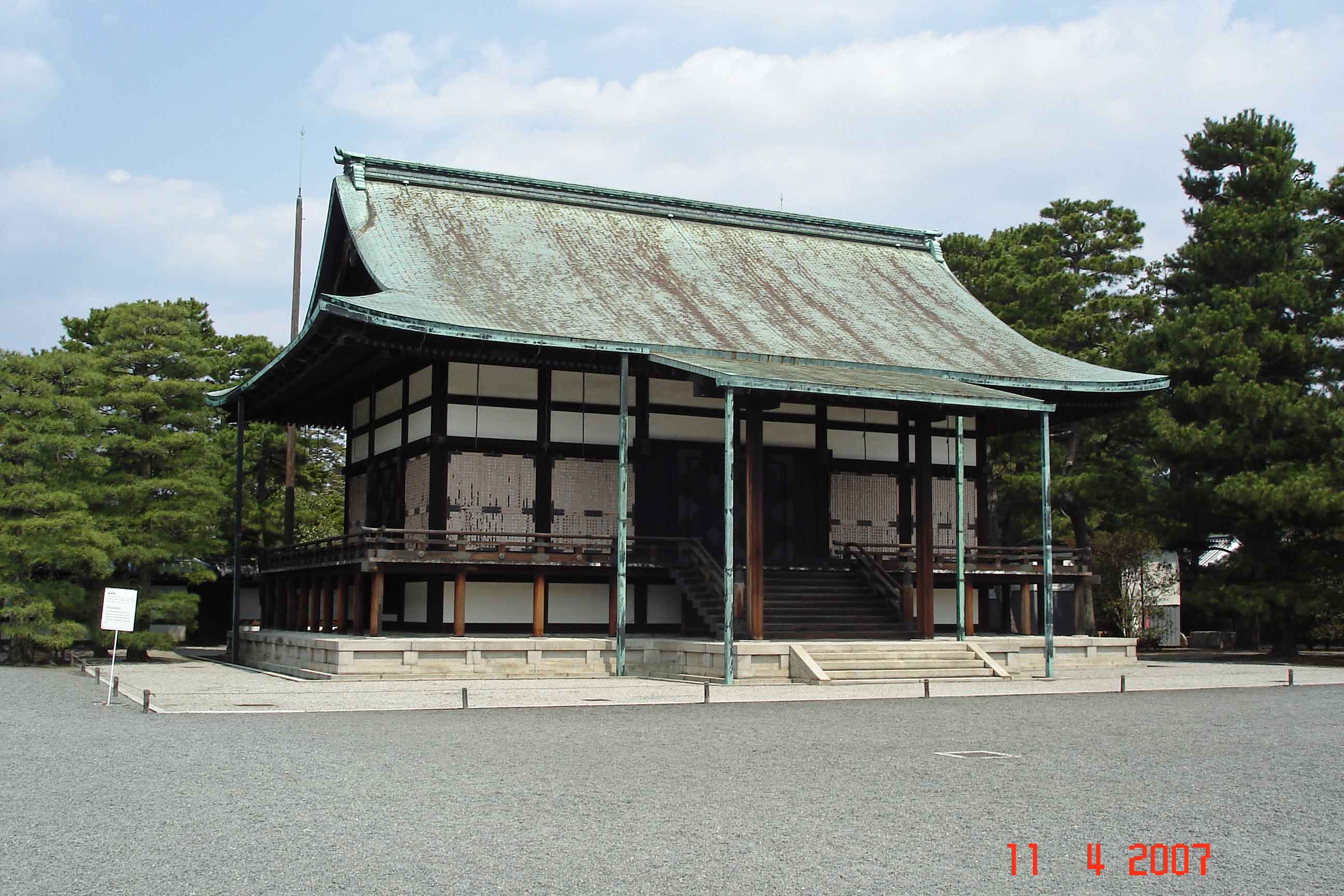
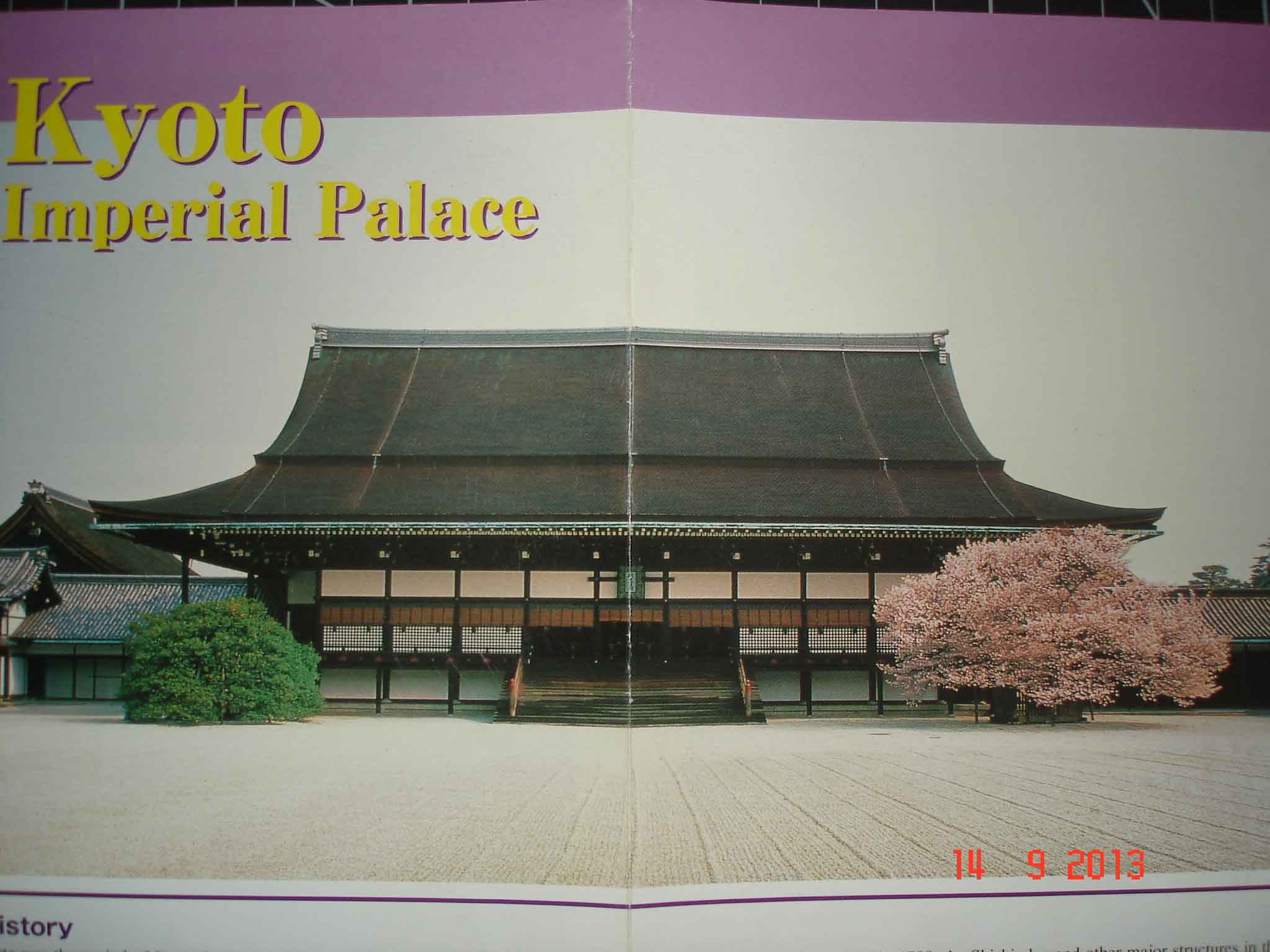
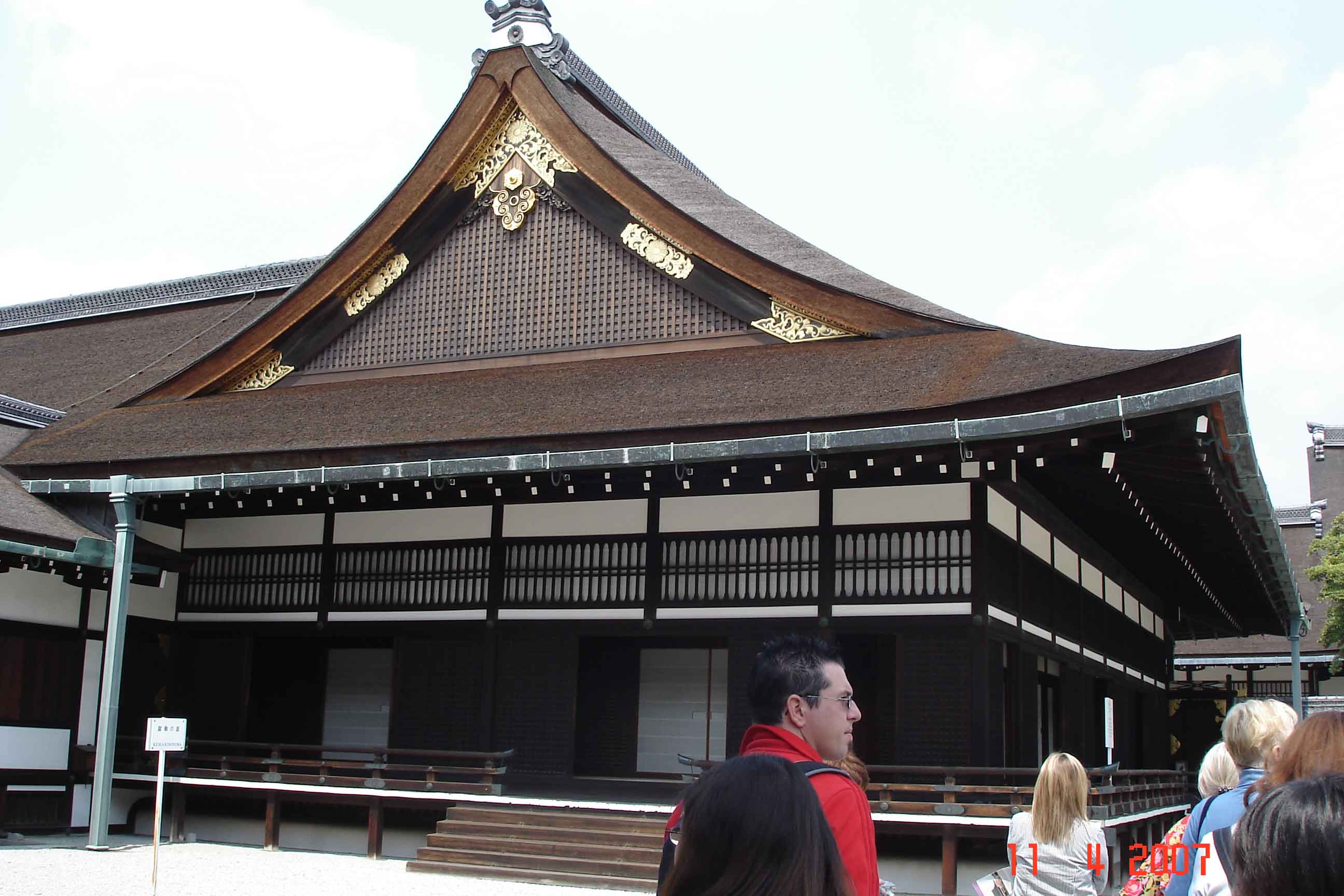
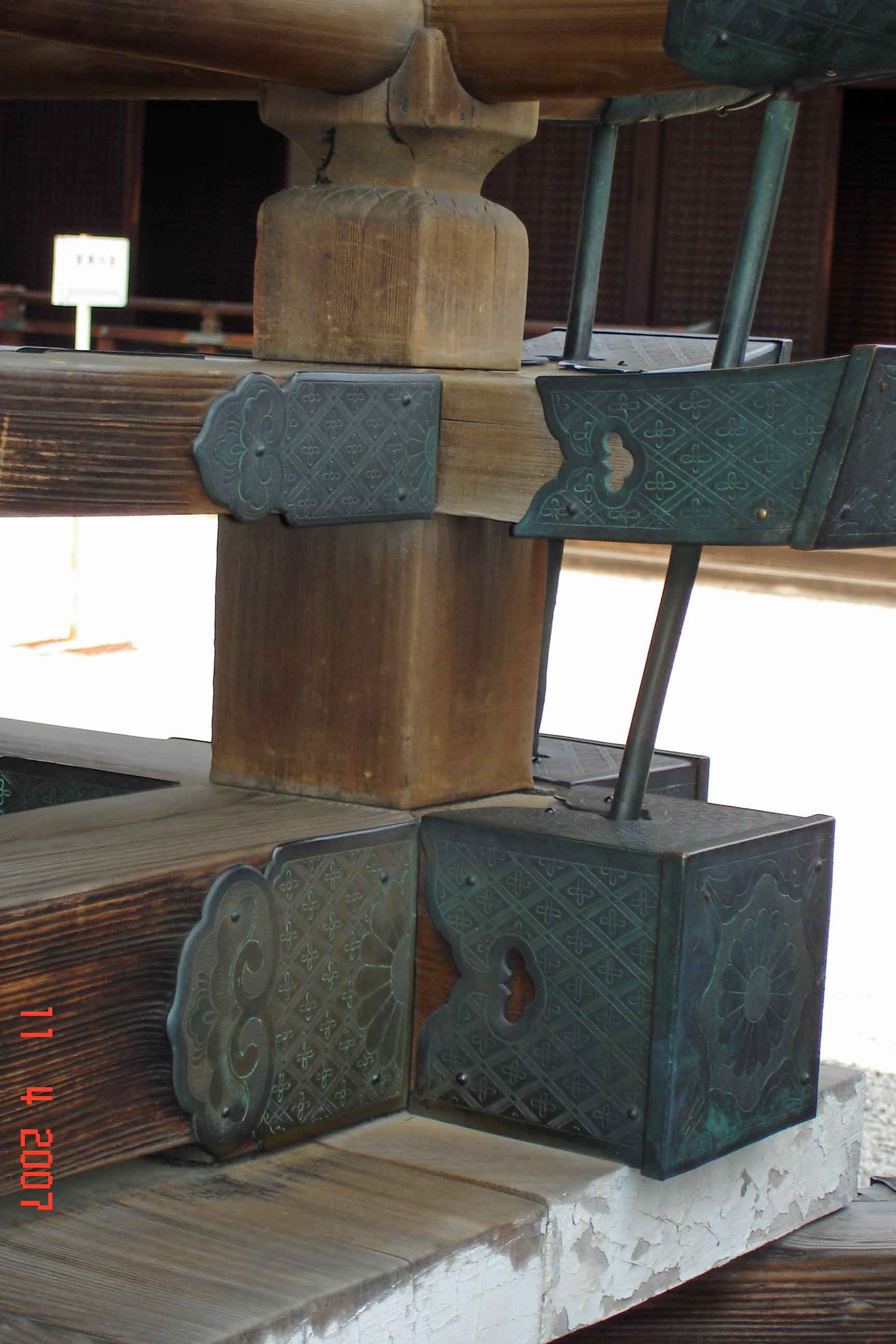
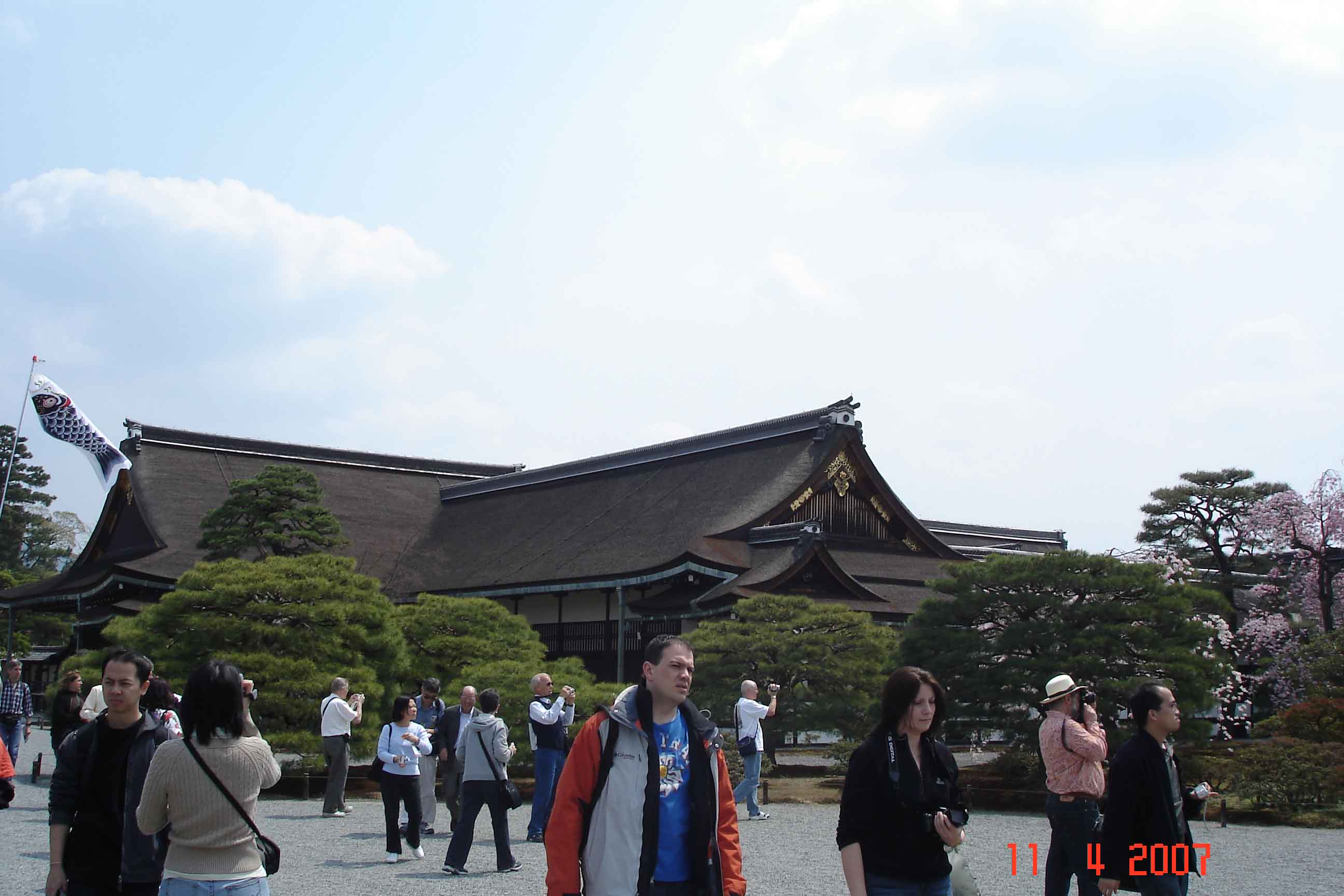
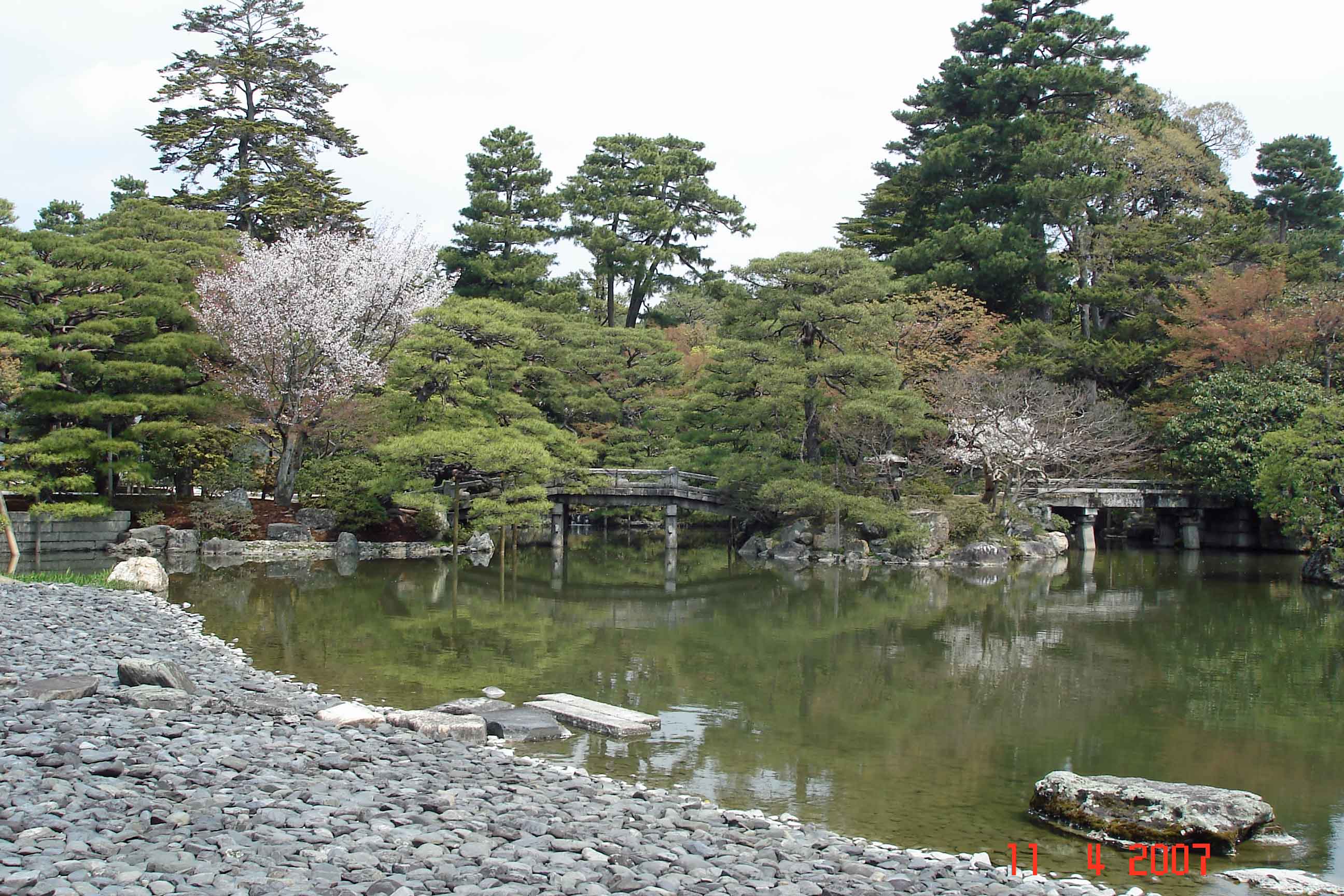
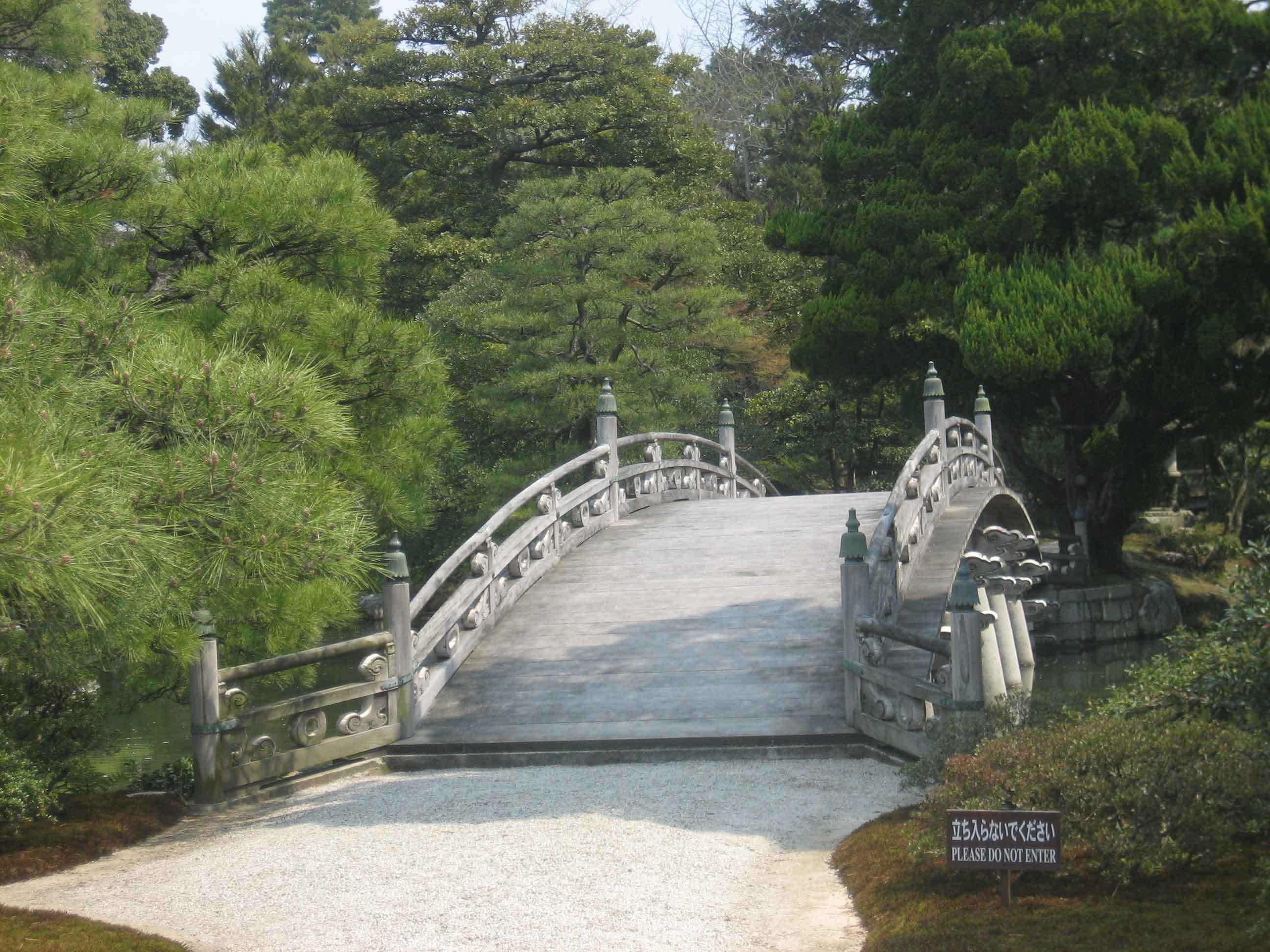
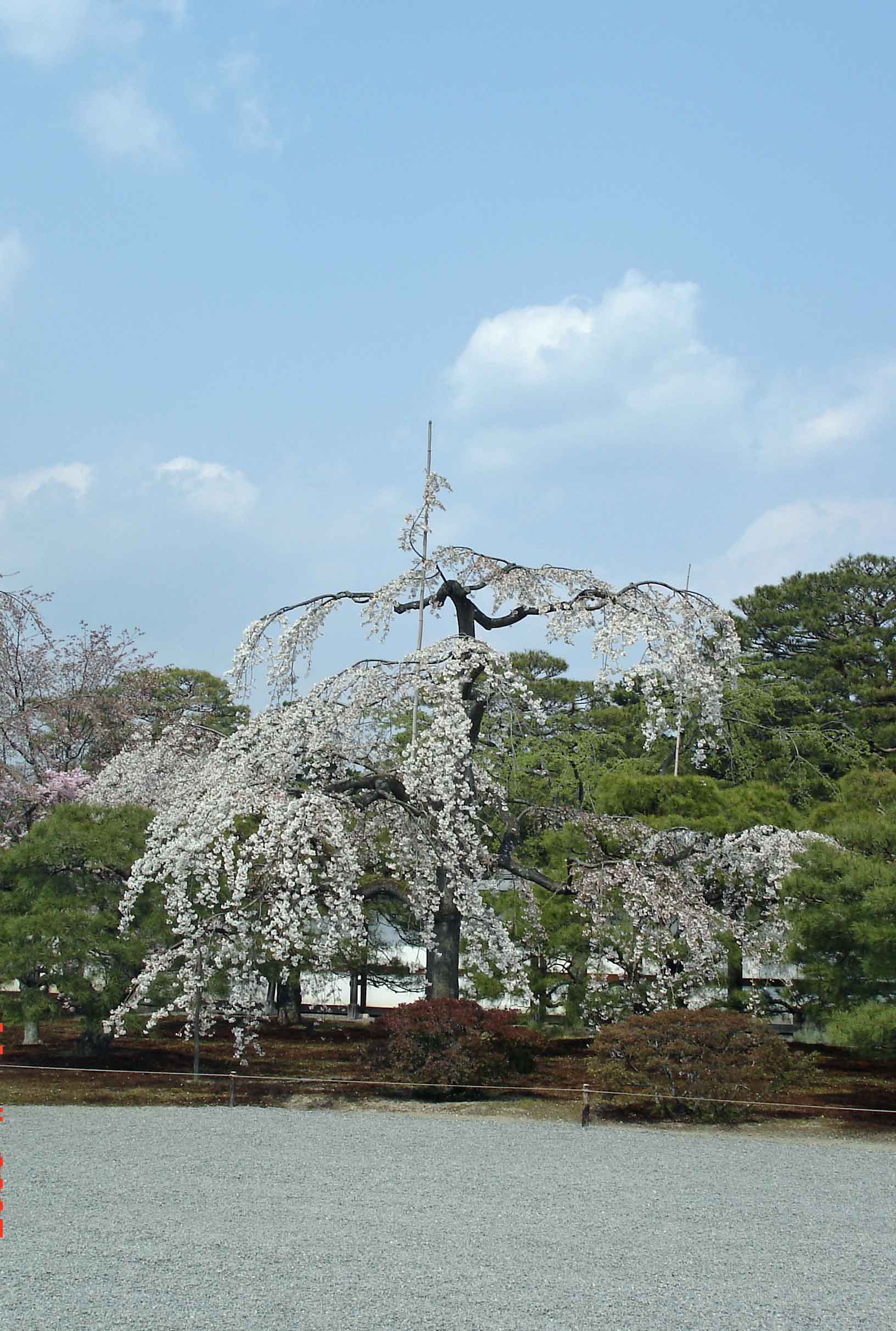
Speak Your Mind